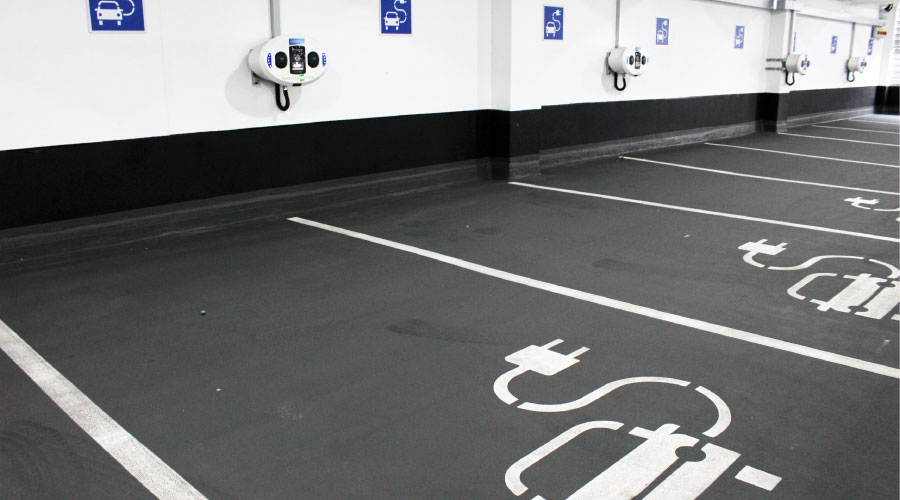Important Features Of Key Management Systems
Electronic key cabinets come in all types of sizes, shapes, colors, configurations, and price tags. Like anything else, the more bells and whistles, the higher the price tag. Prices can range from $100 to $11,000 and up, so before you buy, consider the level of security that you might need. No matter the price, the basic idea for all of them is the same. The cabinets are large vending machines for keys. The cabinet has to be programmed. Then, when an employee needs a key, he or she walks up, badges in, and requests the key. The door opens, and the employee is allowed to take the key requested.
It’s easy to become confused by all the available options and technical jargon on advertising materials. Here are a few important features you’ll want to look for in a key management system.
Networkable. The most convenient electronic key cabinets plug into the building network. Networked key cabinets allow the user to program all of the information via software on a computer rather than at the physical box via the keypad. Networked cabinets then open up the possibility of sending and receiving email alerts when certain keys are removed, remotely releasing keys during an emergency, or locking out cardholders in the event of a termination. Networked boxes are more expensive up front, but the price adds time-saving and convenience. If you’ve ever tried to program hundreds of users and keys into a key cabinet using only the keypad, you’ll understand the benefits of networked cabinets instead of spending hours tapping away at the keypad to get all of the information in.
Equipped card reader. Boxes equipped with a card reader are easier from a user standpoint than boxes with only a keypad. For one, keypad codes can be given out to co-workers and contractors, thus recording false transactions in the logs. Some systems also require a user number and pin code for keypad operation. With all of the numbers that we have to remember in our day-to-day lives, employees will find it a relief if they only need to use their badge to access a key cabinet instead of remembering a string of numbers. Before you decide to purchase a key cabinet, you’ll want to make sure that your specific card format is compatible with the reader supplied with the cabinet. The manufacturer can help you with this.
Integration with existing access control/CCTV systems. The higher end cabinets will allow you to tie into your existing card access or CCTV system. Higher end cabinets will have extra inputs and outputs in the cabinet that will allow for this added integration. Depending on the level of security desired at your facility, this may not be an issue, but it adds extra levels of protection and accountability. For example, if an employee badges in to use the key cabinet, a local camera can be programmed to switch on and record the event. This deters employees from passing their badges to each other for use with the key cabinet.
Battery backup. Most key cabinets should come with a battery backup, but it’s best to double-check anyway. Backup batteries can last anywhere from a few hours to a day or two depending on the rating. Since all key cabinets are dependent upon the building electrical system, they are susceptible to power outages. The last thing you want in the event of a power outage, or a natural disaster that could cause a power outage, is to lose access to emergency or building infrastructure keys.
For an electronic key cabinet to have the most impact on a facility’s key control program there have to be a few supporting elements in place. In a perfect scenario, employees would be required to pick up facility keys from the key cabinet at the start of the work day and return them at the end of the work day. The rule should be that facility key rings do not leave the premises. This is where the majority of keys are lost. The cabinet would also be located in a secure, central location on the facility premises, providing easy access to any users of the system. Users will be less likely to return keys if they have to crawl through tunnels and climb down 16 flights of stairs to access the key cabinet. Finally, there should be a brief training session for users. Any new system requires a period of adjustment.
Electronic key cabinets are not a cure-all or substitute for common sense or best practices but more of a prong in a multi-pronged approach to maintaining controlled access to your facility. Given the right implementation and supporting elements, you will find that the days of uncertainty over control of your facility keys become a thing of the past. And you’ll be able to finally stop adding Tylenol to your morning coffee.
Jeffrey C. Refinati has been an institutional locksmith for the Massachusetts College of Art & Design in Boston since 2004. He is a member of the Associated Locksmiths of America, the Safety and Vault Technicians Association, ASIS, and the Clearstar security network. He holds a Massachusetts low voltage Systems Technician "D" license. He can be reached at jeffrey.refinati@massart.edu.
Related Topics:












